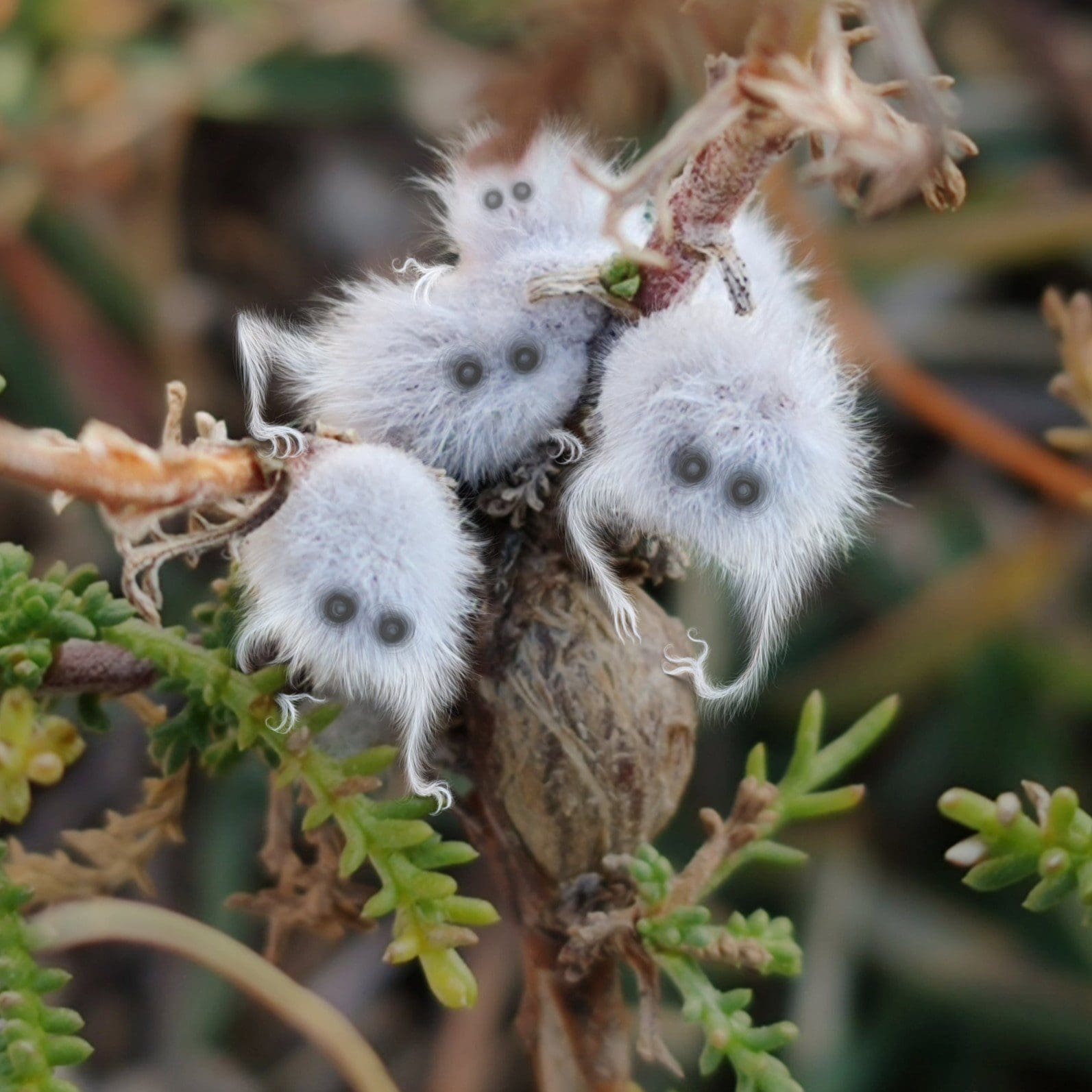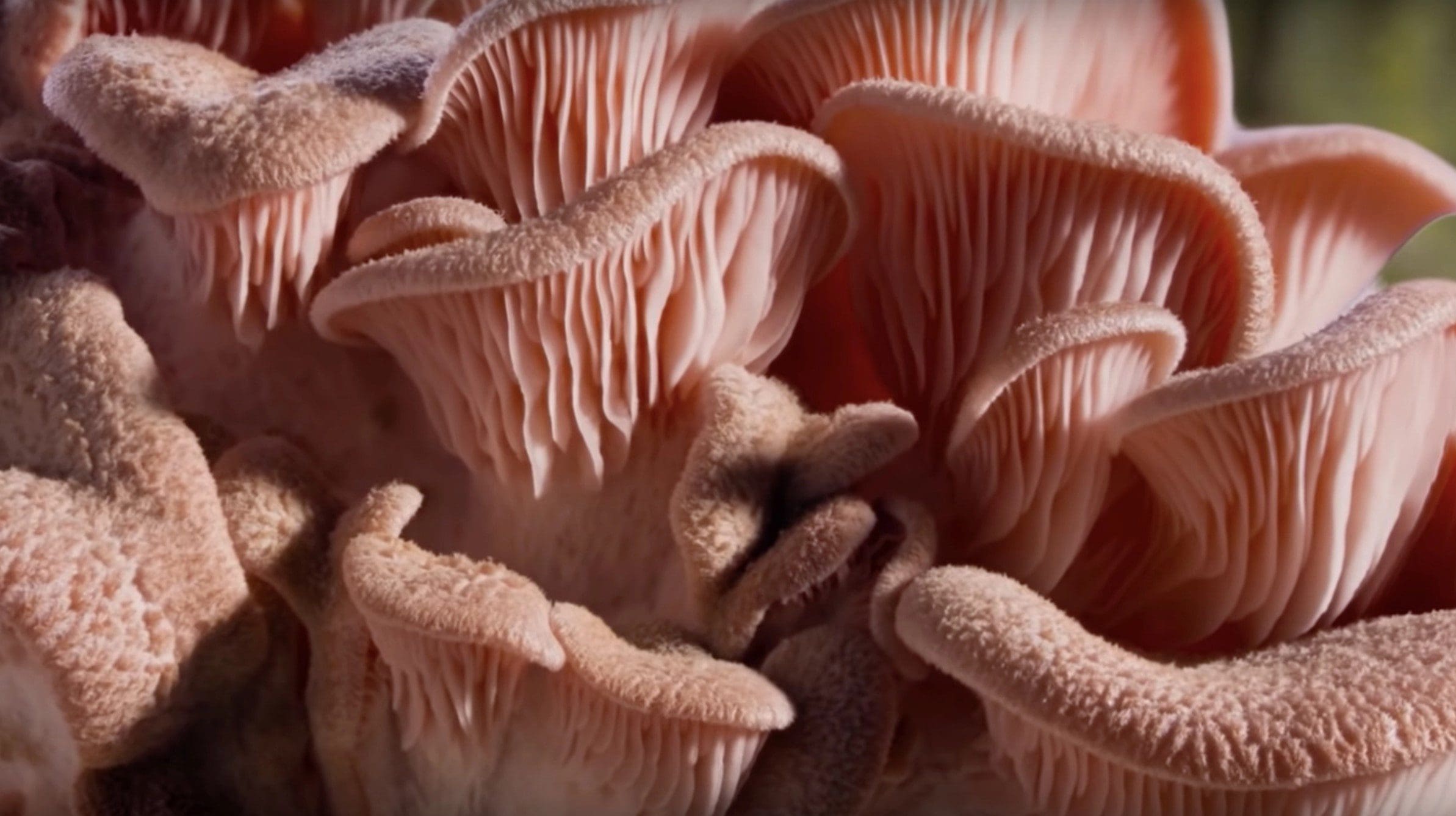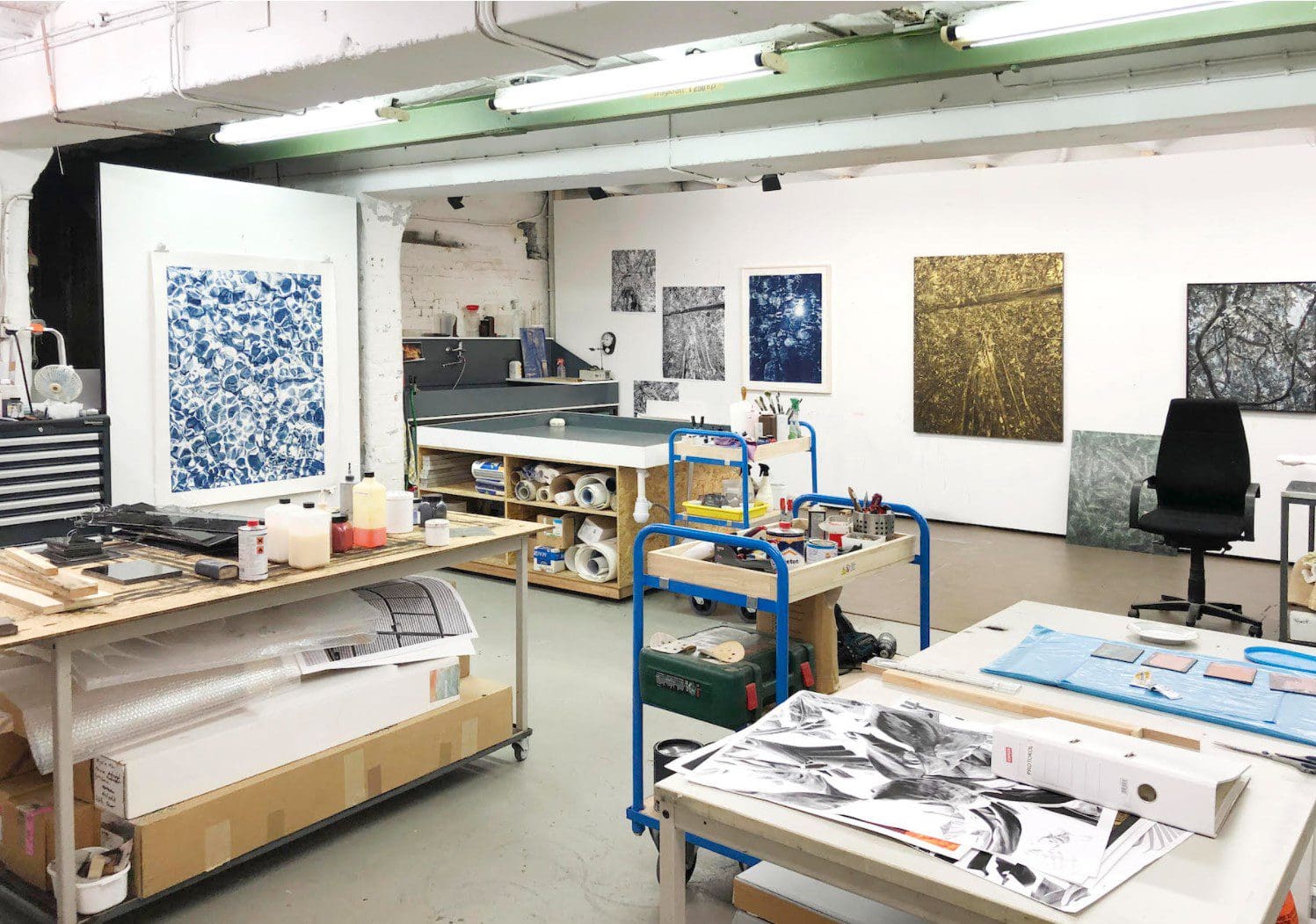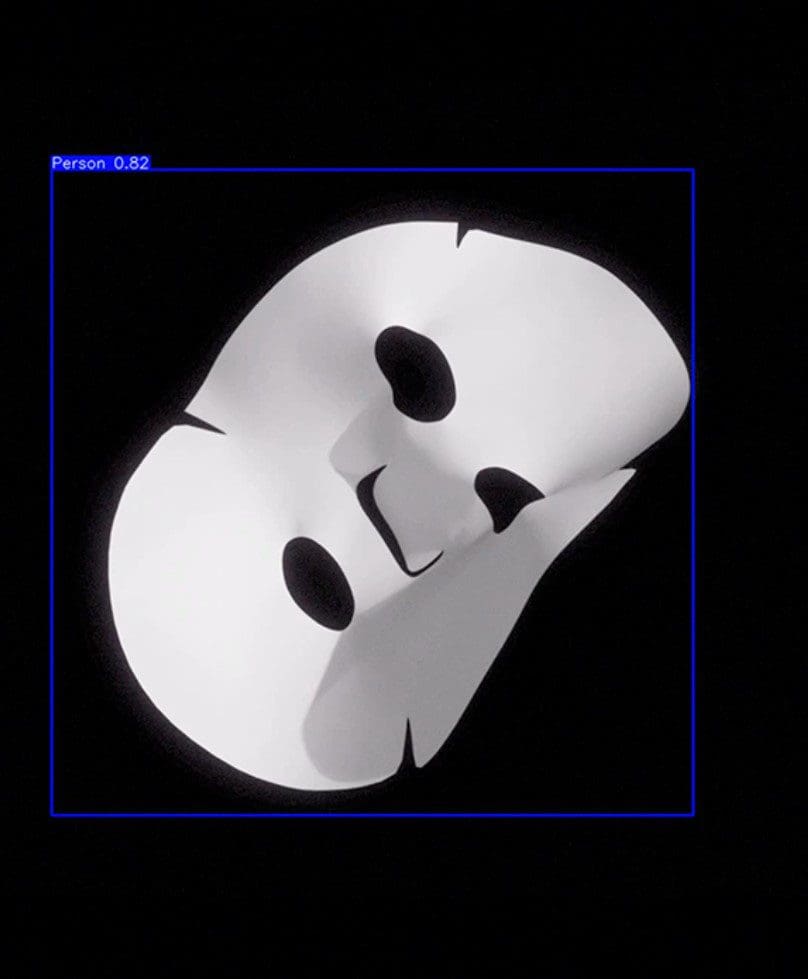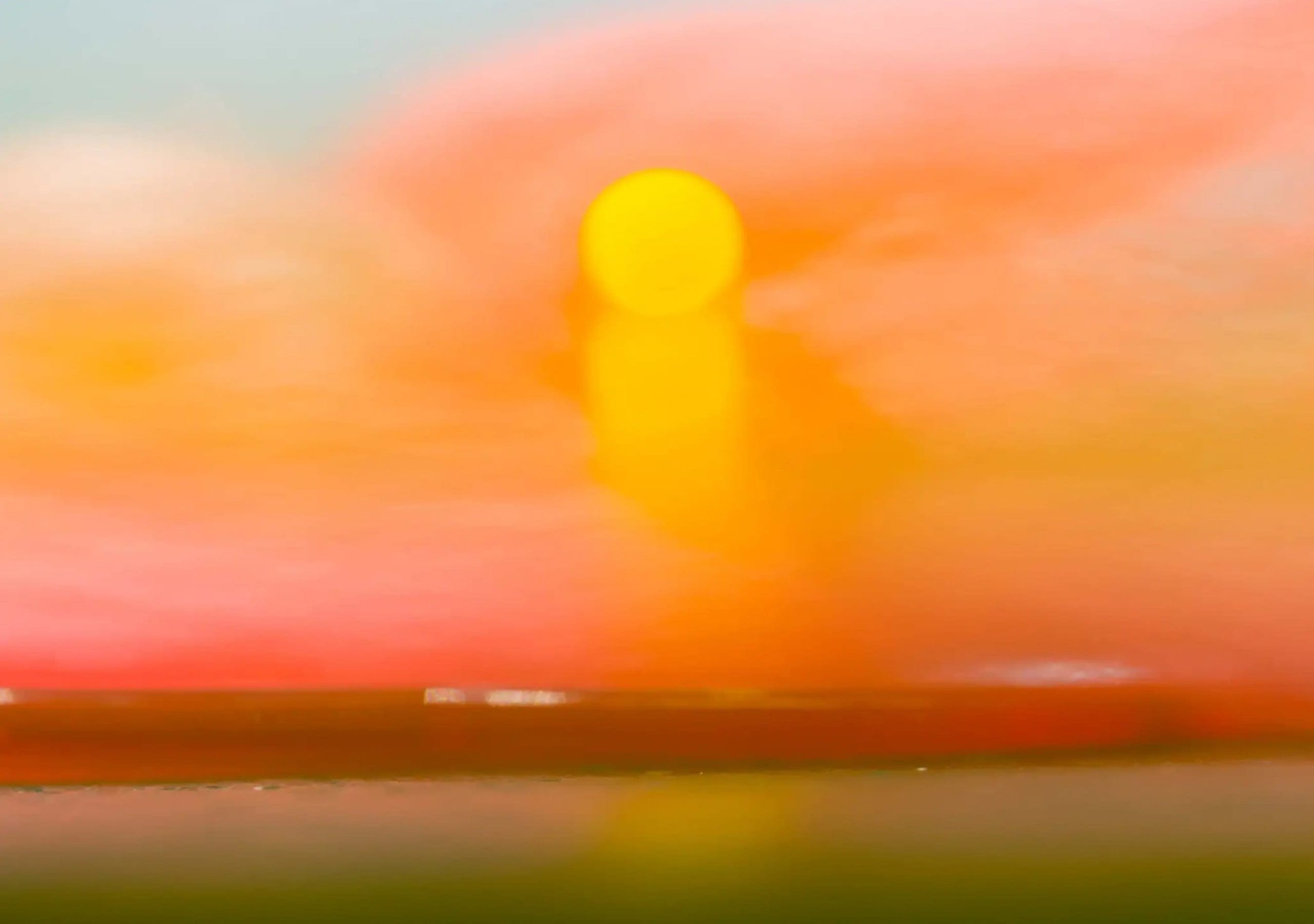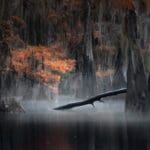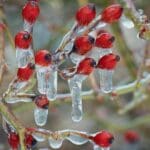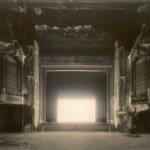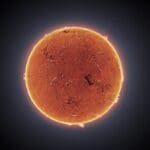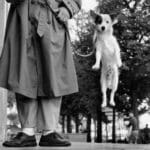Image © Vorja Sánchez, shared with permission
In Vorja Sánchez’s ghostly dreamworld, spectral creatures plunge from the sky with long, wispy appendages that grasp onto the landscape. The Barcelona-based artist and illustrator (previously) disrupts otherwise peaceful photos with the massive forms that haunt unsuspecting hikers and farm animals as they peek out from behind a hill or congregate in airborne groups. Prints of the playfully illustrated phantoms are available in Sánchez’s shop, and you can find more from the series on Instagram.

